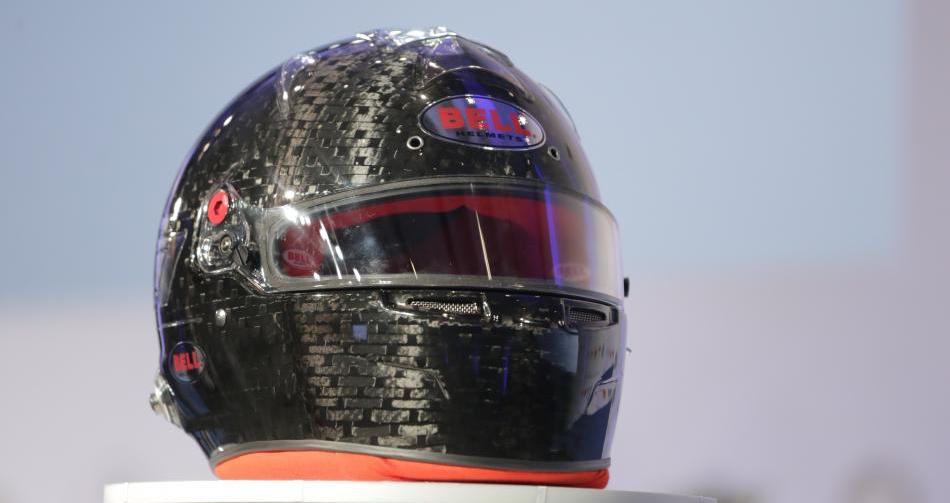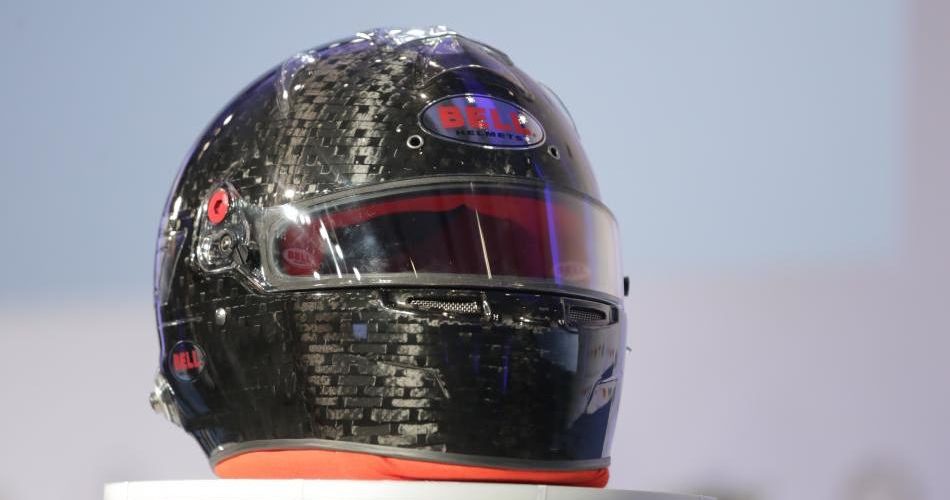The Circuit Gilles Villeneuve, located on the Ile Notre Dame, is a true test of driver skill and certainly not for the faint of heart.
Just ask Williams driver Robert Kubica, who miraculously escaped unharmed after a massive 75G shunt during the 2007 Canadian Grand Prix before winning the race a year later.
Formula 1 will always be a dangerous sport, but thanks to ever-increasing safety measures including the newly-introduced Halo device and stricter crash testing, longer run-off areas and advanced impact barriers, the sport is getting safer.
Whilst the Halo will invariably protect drivers from the risk of flying debris such as detached wheels that tragically claimed the lives of Justin Wilson and Henry Surtees, arguably the most important pieces of equipment is the driver’s crash helmet. This week, the FIA announced that a new helmet standard is to be mandatory from 2019 onwards.
Manufacturers such as Bell, Arai, and Schuberth will now feature ‘advanced ballistic protection and increased energy absorption.’ The front visor has been lowered by 10mm in a measure to reduce the risk of injury from flying debris, such as the suspension spring that struck Felipe Massa’s helmet during qualifying for the 2009 Hungarian Grand Prix.
“The current top-end helmets are already the safest in the world but the new standard will take them to the next level,” said FIA Safety Director Laurent Mekies.
“It is important for all of our safety research that we continually strive to improve and this is why we are requiring all manufacturers to meet this tougher standard for our championships.”

Toughened Tests
Under the new FIA 8860-2018 standard all helmets must withstand the following tests:
- Standard impact: Helmet impact at 9.5m/s. Peak deceleration on ‘driver’s head’ shall not exceed 275G.
- Low velocity impact: Helmet impact at 6m/s. Peak deceleration shall not exceed 200G with a maximum average of 180g.
- Low lateral impact: Helmet impact at 8.5m/s. Peak deceleration shall not exceed 275G.
- Advanced Ballistic Protection: A 225g metal projectile fired at 250km/h. The peak deceleration shall not exceed 275G.
- Crush: A 10kg weight falling 5.1 metres onto helmet. Lateral and longitudinal tests. The transmitted force should not exceed 10 kN.
- Shell penetration: A 4kg impactor dropped onto helmet at 7.7m/s.
- Visor penetration: Air rifle fires 1.2g pellet at visor. Pellet must not penetrate the interior of the helmet.
- Visor coating: Transmitter test to ensure colouration and vision is not significantly changed or distorted.
- Retention system: Roll-off test and dynamic test to ensure strength of chin strap and its attachments.
- Chin guard linear impact: Impact test with full headform at 5.5m/s. The peak deceleration shall not exceed 275G.
- Chin guard crush: Hammer hits chin guard and measures ability to keep impact away from the head.
- FHR mechanical strength: Test to ensure high strength of attachment points for Frontal Head Restraints.
- Projection and surface friction: Test to ensure helmet surface uniformity and that friction is minimised. Shell surface also subjected to BARCOL hardness test for resistance to penetration.
- Flammability: Helmet exposed to 790°C flame; it must self-extinguish once flame is removed.
Read more: Lifting the lid – the evolution of F1 helmet safety and design



